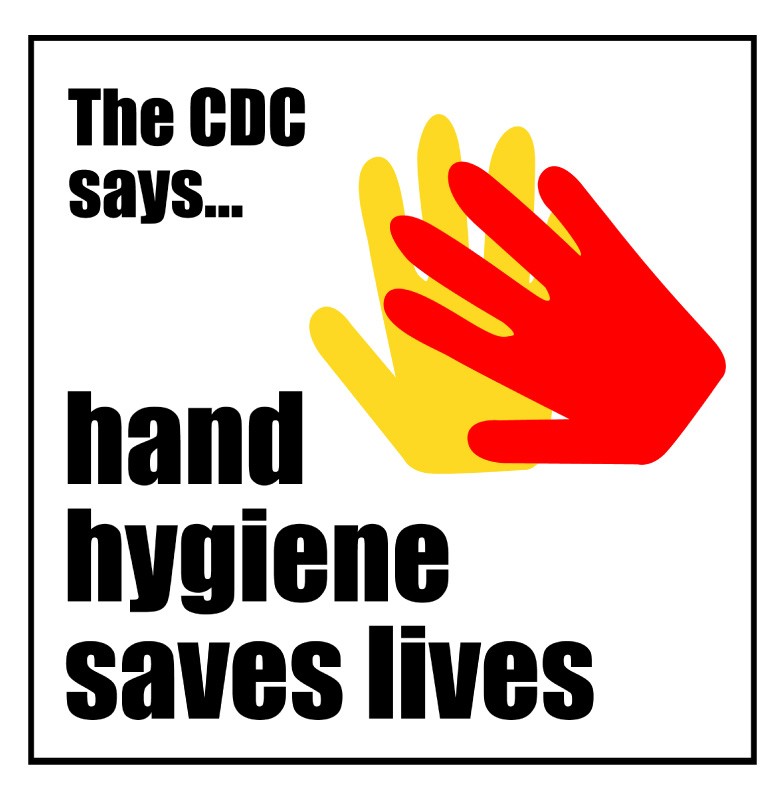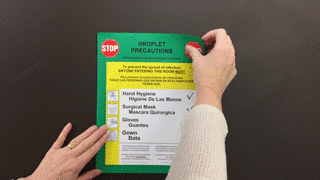
The potential for spreading infections and viruses have significant implications for healthcare providers. What can you do to impact improvement?
Steps That Improve Hand Hygiene
Based on two studies conducted by:
- Adam Grant, a psychological scientist at The Wharton School, University of Pennsylvania
- Hengchen Dai, Assistant Professor at the Anderson School Of Management, UCLA
- Katherine L. Milkman, Professor at The Wharton School of the University of Pennsylvania
- David A. Hofmann and Bradley R. Staats University of North Carolina at Chapel Hill
Fortunately, there are steps you can take to make improvements.
Wash Hands So You Don’t Get Sick
The most common infection prevention themes usually rely on scare tactics. The messages warn doctors and nurses about personal illness. Adam Grant, a psychological scientist at The Wharton School, University of Pennsylvania, found that healthcare professionals are warned “wash your hands so you don’t get sick.” But Grant found that this is the wrong kind of warning.
The Illusion Of Invulnerability
When we believe we’re invulnerable, we’re prone to take unnecessary risks. In a medical setting, a healthcare professional who is frequently exposed to germs but rarely gets sick may not think they are at risk of getting sick. Therefore, they are not motivated by avoiding dangers for themselves.

Hand Hygiene Keeps Patients Safe
In fact, the stronger incentive is helping others. Most medical professionals work each day to protect and promote the well-being of others. So, Grant set up an experiment to test different messages and determine their impact on compliance. You can read the study here.
In testing the impact of these two statements on posted signs,
- “Hand hygiene prevents you from catching diseases.”
- “Hand hygiene prevents patients from catching diseases.”
. . . the sign referencing patients was the winner. Keeping patients safe motivated healthcare professionals to wash their hands. In fact, it increased gel use by 33% per dispenser, and healthcare professionals were 10% more likely to wash their hands. The sign that spoke to their personal risk didn’t resonate as strongly. Grant’s research showed that people aren’t motivated only by avoiding dangers for themselves.
Get A Hand-washing Buddy
But, keeping patients safe isn’t the only trigger that results in greater hand hygiene compliance. In a study conducted by Hengchen Dai, Katherine L. Milkman, David A. Hofmann and Bradley R. Staats titled, “The Case of Hand Hygiene in Health Care,” medical care professionals who start their workday in the morning wash their hands up to 38% less in the afternoon. However, when these same people took their scheduled breaks and socialized with someone during that break, hand-washing compliance returned to morning levels. In addition, Daniel Pink in his book, When, The Scientific Secrets Of Perfect Timing, notes that breaks that include movement or some form of exercise, i.e., a walk outdoors and a break that’s fully detached from work, not only improve productivity but impact compliance challenges such as hand-washing.
Steps That Encourage Hand Hygiene
Although there is no magic formula to ensure hand-washing compliance, these studies make it clear that for medical professionals:
- Helping patients is a far stronger motivation than threats over personal risk
- Integrating social interaction, exercise and nature into scheduled breaks reinvigorates the staff making them more likely to follow hand-washing guidelines
So, infection prevention plans should include placing signs in key spots, such as
- Outside patient rooms
- Washing station sinks
- Nursing stations
- Waiting rooms
In addition, Grant suggests using messages that highlight the consequences for others. For example, “Did you wash your hands? What if your mother was the next patient you saw?” Plus, customizing signs that mention a single patient or situation personalizes the message making it more likely to resonate.
Encourage your medical staff to elevate their breaks with messages such as:
- When it’s time for a break, make it social not solo
- Unplug from work - a better way to spend your break

Furthermore, refresh the messages to make it more likely the medical staff will take notice. By using a clean tac removable adhesive you can reposition signs without destroying them or leaving residue on the surface. Lastly, hand hygiene communications aren’t exclusively intended for healthcare professionals. Visitors and non medical staff are also influenced by these messages, making personal safety appeals more relevant.
United Ad Label stocks a complete line of Hand Hygiene and Infection Prevention products. In addition, the Custom Label Designer allows you to easily develop custom branded messages cost effectively and with fast deliveries. Click here to learn more.